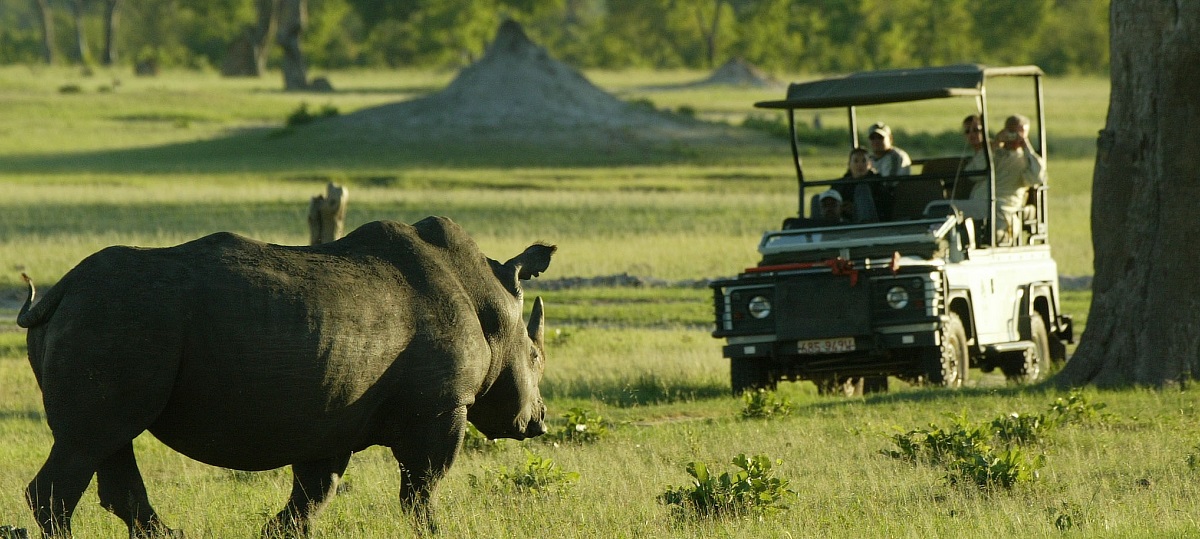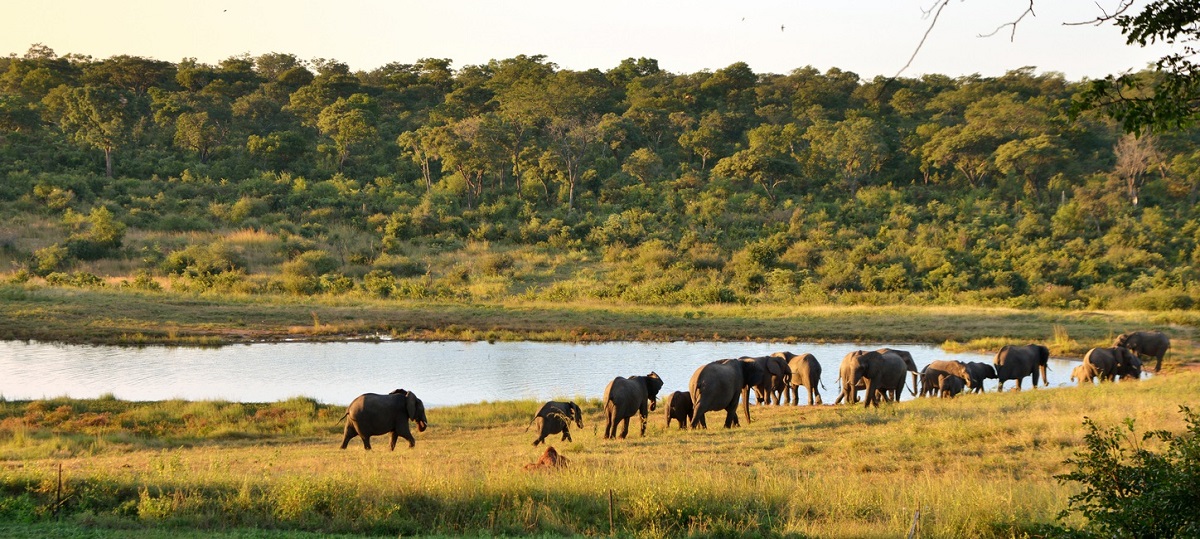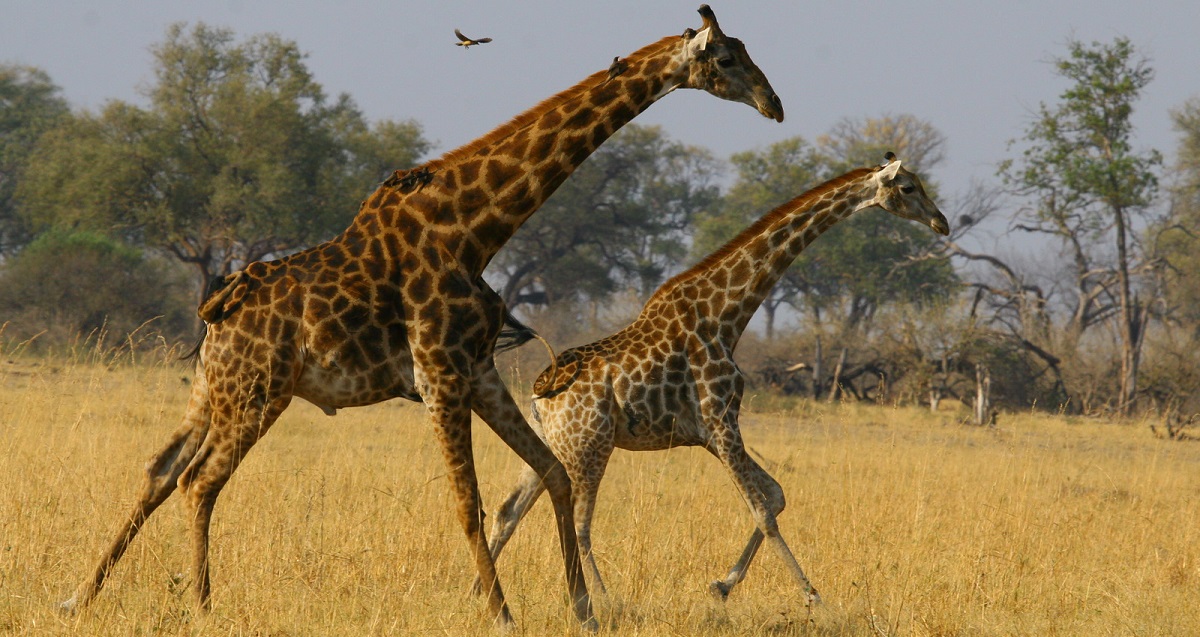Hwange (formerly Wankie) is a town in Zimbabwe, located in Hwange District, in Matabeleland North Province, in northwestern Zimbabwe, close to the international borders with Botswana and Zambia. It lies approximately 100 kilometres, by road, southeast of Victoria Falls, the nearest large city. The town lies on the railway line from Bulawayo, Zimbabwe's second-largest city, to Victoria Falls.
The town houses the offices of Hwange Town Council, as well as the headquarters of Hwange District Administration. Hwange and the surrounding countryside is a centre for the industry in Zimbabwe. Hwange Colliery is the largest in the country, with proven reserves that are estimated to last over 1,000 years, at current production levels. The Wankie Coal Field, one of the largest in the world, was discovered here in 1895 by the American Scout Frederick Russell Burnham. Today the coal for the whole country is transported by the mining railway to Thomson Junction, where it is handed over to the National Railways of Zimbabwe (NRZ) for onward transmission. In 2010, Botswana, Zimbabwe and Mozambique signed an agreement to develop a railway for the export of coal to Technobanine Point near Maputo. The cost per tonne of rail transport to the coast amounts to ten times the coast of extraction.
Hwange is also a tourism centre due to the presence of the nearby Hwange National Park, the largest National Park in Zimbabwe. The national park is home to a vast number of elephant, giraffe, lion and other wildlife. Royal Bank Zimbabwe, a commercial bank, maintains a branch in the town.[5] Zimbabwe's biggest power plant, Hwange Thermal Power Station, was built here in the 1980s.


